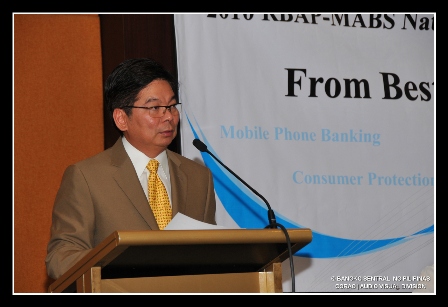MANILA — The Philippines’ “hot money,” or foreign portfolio investments inflows reached US$ 883.4 million in the first eight months, up 385 percent from the same period last year.
The inflows of hot money was an attraction towards emerging markets whose macroeconomic underpinnings made investing a truly positive proposition, said Bangko Sentral ng Pilipinas Governor Amando M. Tetangco Jr..

Bangko Sentral ng Pilipinas Governor Amando M. Tetangco Jr.
Tetangco said that foreign inflows were evident not just on the buoyant local stock market but on the debt markets as well.
The Philippine Stock Exchange index soared to an all time high Thursday, gaining 97.98 points or 2.56 percent to close at 3,902.56.
“The stock market is going up because of foreign funds coming in and they are also going to the fixed income markets,” he said.
The inflows also explain why the Philippine peso gained against the US dollar during the period, the local currency having appreciated to an average of P45.051 per dollar from year-to-date versus only P46.028 in January.
“The Malaysian ringgit has appreciated even more than the peso year to date. So did the Indonesia rupiah, the Thai baht and the Singaporean dollar. So this is a regional phenomenon and one of the reasons for this is the weakness of the US dollar,” he said.
Tetangco said net hot money inflows in the first eight months, also called portfolio flows, arose from gross inflows totaling US$ 5.703 billion versus gross outflows of only US$ 4.820 billion.
This compared with gross inflows of only US$ 4.024 billion last year and gross outflows of another US$ 3.842 billion.
“Because of the good economic performance of emerging markets there are inflows going to these markets, including the Philippines. That is why the stock market is going up because of the foreign funds coming in (even as) the funds are also going to the fixed income markets,” he said.
Together with other inflows such as the remittances of more or less 10 million overseas Filipinos, the business process outsourcing services and foreign direct investments, all these factors together help make possible for the country gross international reserves, a barometer of capacity to pay maturing foreign obligations, to reach the forecast level of US$ 50 billion by the end of the year, Tetangco said.
Actual gross international reserves already amounted to US$ 49.6 billion as at end-August or only US$ 400 million shy of the full-year forecast.
Tetangco also said the continued relative weakness of the US dollar the past many months has allowed the BSP to build up its foreign exchange reserves, considering this started the year at only US$ 45.49 billion or a steady accumulation of foreign exchange reserves by US$ 4.11 billion from year to date.
Because of all these foreign inflows, the BSP participated in the foreign exchange market by buying US dollars as part of its mandate to keep exchange rate fluctuations smooth.
“But our participation in the forex market has always been symmetrical. We participate to reduce or minimize or smoothen the exchange rate fluctuations. That is why our GIR is getting bigger,” Tetangco said.
He would not say whether or not the GIR will hit US$ 50 billion.



 ShareThis
ShareThis